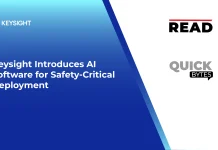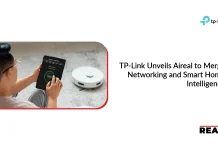Lithos Carbon announced Microsoft as a return carbon removal customer, having signed a new, three-year agreement to permanently remove CO₂ using Enhanced Rock Weathering (ERW).
As of December 2023, Lithos Carbon delivered 500 tons of carbon removal for Microsoft, by deploying ultra-fine, organic-grade volcanic basalt rock dust on US farmland. This summer, Lithos Carbon deployed a novel carbon removal research field for Microsoft in collaboration with leading researchers. This project in a subtropical environment uses exceptionally high-resolution measurement validation to generate transparent large-scale datasets. The project enables more rapid deployment with enhanced standards for accounting.
Lithos Carbon’s agreement is to deliver ex-post* and empirically quantified carbon removal, meaning that carbon dioxide removal from the atmosphere has been achieved and has been rigorously quantified. Alongside this removal, Lithos Carbon will continue to enhance and publish its robust measurement techniques that will validate not only the precise quantity of carbon removed, but the speed with which carbon is captured. With a unique field-by-field approach, Lithos Carbon is also spearheading cascading agronomic and ecosystem benefits for agricultural growers, helping scale adoption in the broader carbon removal market.
Also Read: Planet Launches World’s First AI-Driven Global Forest Carbon Monitoring System
Already, the natural process of rock weathering is estimated to draw down around 1.1 billion tons of CO₂ every year. By enhancing this process, Lithos Carbon is scaling carbon removal that’s permanent, measurable, and available today. By deploying carefully selected basalt – the most plentiful volcanic rock in the world – on croplands, Lithos Carbon is accelerating the removal of CO₂ from the atmosphere in a matter of human seasons rather than geologic millennia. Carbon in the air is then locked away for tens of thousands of years, when the rainwater reacts with the silicate rock and traps the CO₂ as bicarbonate, the material that seashells are made from. Lithos Carbon uses upcycled volcanic dust sources and repurposes them into valuable agricultural products: no new emissions are created in this process.
Because of its permanence, potential for wide-scale agricultural adoption, and potential cost-efficiency for carbon removal at-scale, ERW represents one of the most compelling pathways to meet urgent climate goals within the next decade. Lithos Carbon’s data-focused research site unites an unconflicted and impartial team of world-leading ERW, biogeochemistry, and agricultural academic parties. Researchers from the Yale Center of Natural Carbon Capture are carrying out cross-validation on the large-scale trial across 3,000 commercial farmland acres. The multi-method project directly compares all of the leading approaches for in-field CO₂ removal measurement. Data from this work will be made public and open to the academic community. By conducting this collaborative project, Lithos Carbon and researchers will drive for more rigor and transparency in the field.
SOURCE: Businesswire




